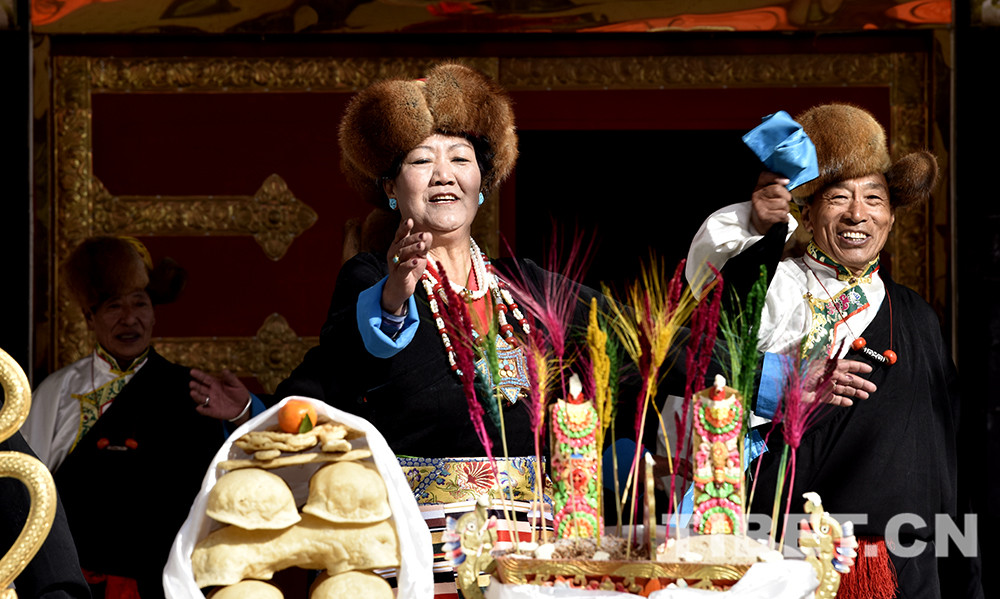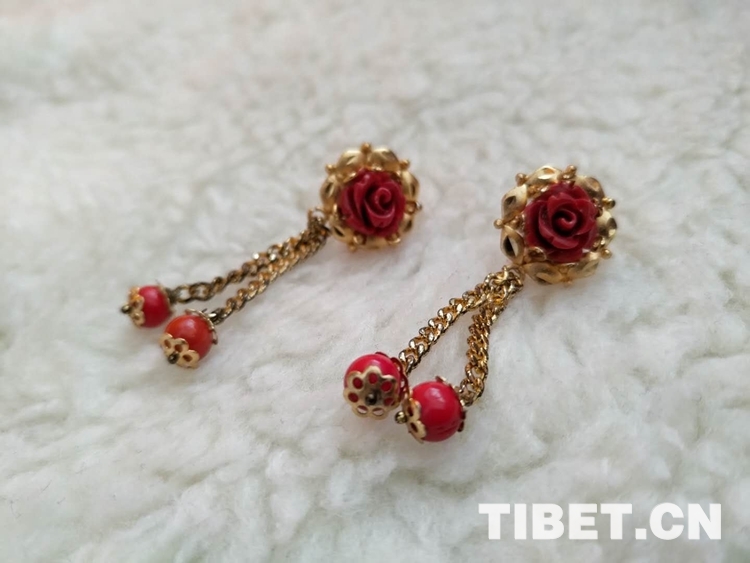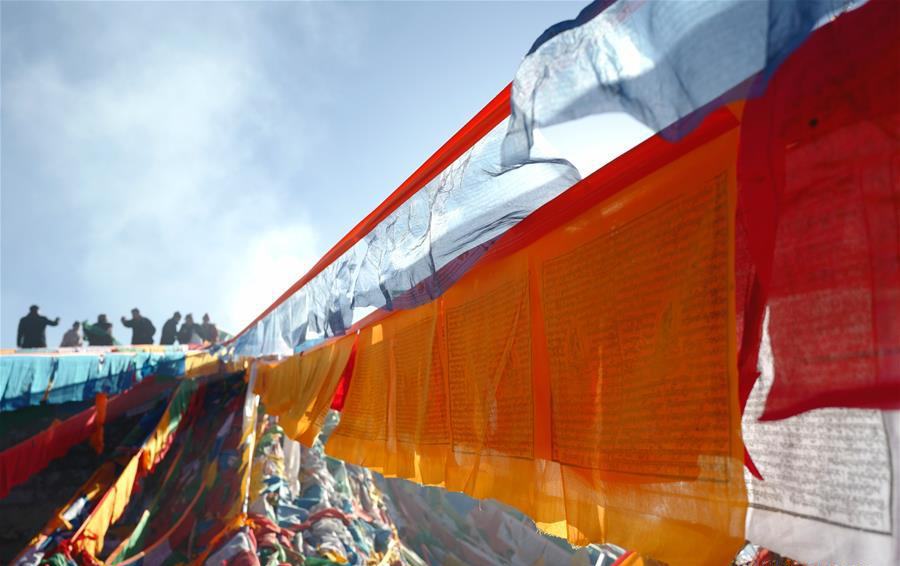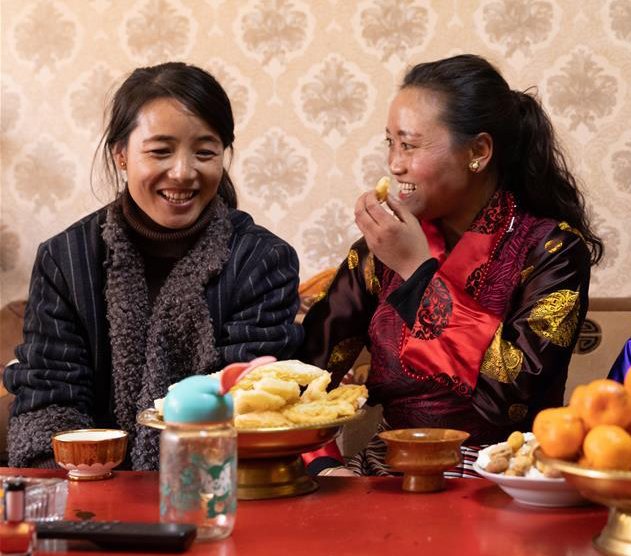Dzekyid's path of passing down Tibetan dance
Brisk drumbeats, swirling dances, dedicated audience and the swelling passion...The dancer is Dzekyid, who is known as the "queen of Reba".
"Reba dance is a combination of roughness and gentleness, and it is the best embodiment of the Tibetan people's enthusiasm and optimism. The first time I saw Reba dance, I was deeply attracted to it!" Dzekyid said.
Chamdo of southwest China's Tibet is the birthplace of Khampa culture, where Reba dance is very popular. Dzekyid saw Reba dance for the first time at the age of 13 and she was deeply attracted to the swirling dances and enthusiastic drums. After graduating from middle school, she was admitted into the local cultural troupe, and it is since then that she began her career in Reba dance art.
In 2006, the dance was included in the first group of national-level intangible cultural heritage items.
"Folk artists are my greatest teachers!" In order to learn the original dance steps and vocals, Dzekyid visited countless Reba dance artists and traveled to more than 10 counties, collecting and summarizing more than 10 different styles of Reba dance.
"The Reba dance performance cannot be limited to the Tibetan people and Tibet; it should show its unique charm on the stages of the country and even the world," said Dzekyid. After lots of performances, Dzekyid began to adapt and innovate the ancient Reba art by continuing to explore and combine aesthetic concepts of modern people to add new artistic elements to the dance.
Dzekyid's Eastern Tibet Drums, Kham Drums Herald Spring and other compilations have been performed on hundreds of stages in more than 10 countries, including the United States, Denmark, Japan, and others. It has been praised by foreign media as "a must-see Chinese ethnic dance".
Many years of performing on stage has enabled Dzekyid to accumulate a wealth of practical experience, but she deeply felt she lacked theoretical knowledge. So, she entered Tibet University in 2001 to study further, and after four years of study, she stayed on to teach. Reba dance has accompanied her on and off the stage.
"The systematic standards for teaching in our school are good for preserving Reba dance," Dzekyid said. She is currently an associate professor at the Art School of Tibet University, and she devotes all her energy to training new talents. She has trained thousands of students in more than 10 years.
In order to make it easier for students to learn Reba dance, Dzekyid began to compile and publish Reba dance teaching materials. Beginner, intermediate, and advanced textbooks will be published soon, and they will fill gaps in traditional teaching materials for Reba dance.
Editor: Tommy Tan.
Tibet Stories

Tibetan students join Han families for new year
"Tashi Delek!" Tibetan student Oden was presenting hatas to his Han "family."
Latest News
- Egypt uncovers intact 4,400-year-old pharaonic tomb near Giza pyramids
- UN climate conference adopts rulebook for implementing Paris deal
- Service of Chinese Americans in World War II to be formally recognized
- Germany suffers severe Santa shortage as Christmas draws near
- 7-year-old in good health, border agents said; then she died






